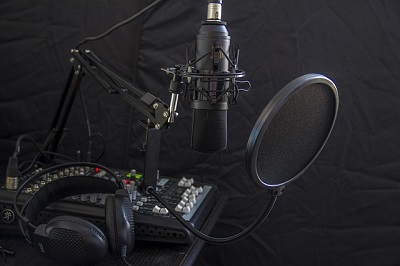
Today, there are many current events evolving all around the world. While many of these events and issues are undoubtedly important and serious, it can be difficult to keep up and understand the many constantly evolving situations. These same events and issues are likely to come up within the classroom. Questions about Ebola, ISIS, or Donald Trump can, and likely will, pop up at any moment, a complicated issue which demands explanation.
Public radio can provide such an explanation, in a concise but effective manner, making it a perfect medium to utilise within the classroom. The BBC iPlayer is a perfect resource, an internet streaming service containing catch-up television, but also BBC radio programs. Fortunately, for those of you outside the UK, thinking you can’t access this, here are best VPNs for BBC iPlayer.
Here’s 5 reasons to use public radio in the classroom:
Compelling Writing
Without images or video to portray the subject matter, radio reporters rely on language and carefully chosen words and sentences to get the story across. Through their words, presenters can create strong imagery in a professional, academic way. This can help students think about the words they are using within their own work.
Length
Most radio stories and news pieces don’t go much longer than 5 minutes, unless of course they are a special feature. In a busy classroom with lots of students and even more work, this is perfect for quickly getting across background information as well as raising further points of discussion.
Emotion
Unlike print media, emotion in interview responses can be heard. Hearing how people feel about the story creates a connection and further context for students. This can lead to further discussion and thought, for example, “Why are people angry about this political leader’s decision?”
Pacing
Pacing is important for radio presenters. They must keep the listeners listening while also presenting it in a way that is easy for listeners to digest. Presenters slow down and speed up in certain parts of their story, creating a sense of drama, anticipation, excitement and so on.
A Sense of Place
Background noises and ambient sound through a radio story can be important and is often used to help set the scene. This is an engaging and creative way to tell stories and keep listeners and students alike interested in the material being presented.